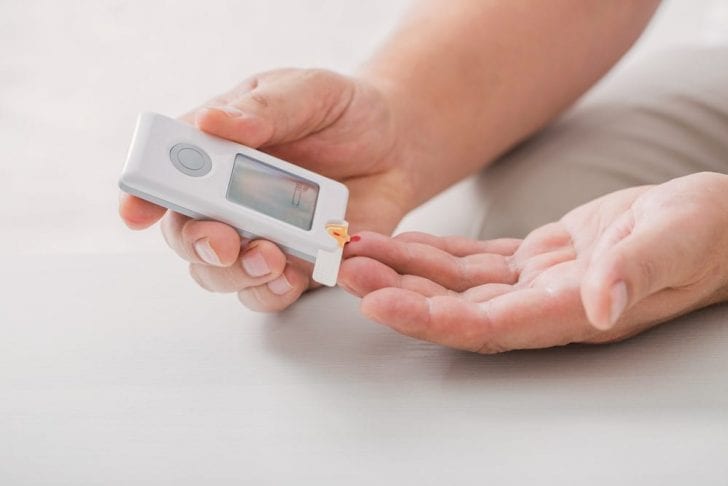With the widespread normalization of certain diseases throughout the world, we all have at least one family member who has diabetes. Hence, many of us are well of the disease and the adverse effects that it brings along. But, how many of us are aware of pre-diabetes and the importance of spotting it in time?

What is Pre-diabetes?
In pre-diabetes, the patient experiences abnormally high levels of blood sugar, but, while it might be outrageously high, the person doesn’t classify as diabetic just yet. Once a person has hit the pre-diabetic stage, the foremost mission should be to get their blood sugar in control.
Over the next couple of years, the chance of getting diagnosed with type 2 diabetes is EXTREMELY HIGH for such people. Certain risk factors that can increase the risk of diabetes include genetics, lack of sleep, lack of physical activity, excess body weight, and particular medication.
What is Type 2 Diabetes?
Type 2 diabetes has grown significantly worldwide, which previously was only found in adults, but now is quite prevalent among children, too. The condition is formed when insulin resistance forms within the body, with the pancreas ceasing the production of insulin. This basically leads to a high level of sugar transferring into the blood.
How Can Pre-diabetes be Prevented?
As is the case with many other diseases, prevention is better than cure, and luckily, all diabetes prevention takes is a lifestyle change (i.e., it’s all in your hands and control) if you pick up self-care habits like healthy eating, increasing physical activity, intermittent fasting, etc.
1. Healthy Eating
Shift your dietary focus to whole foods. According to research, a low-carb nutritional pattern should include whole foods mostly, and other plant-based items. These food items possess a high fiber content, which is excellent for the body. They also promote satiety, aid weight management, keep blood sugar in check and maintain gut health. Such food items include seeds, nuts, legumes, whole grains, vegetables, and fruits.

2. Increasing Physical Activity
Increasing your physical activity will enable your body to be more sensitive to insulin, which you need loads of to tackle diabetes. This increased activity will also aid your health in other ways, like lowering the risk of heart-diseases and nerve damage. Your daily activity should include strength training, endurance, and flexibility training.
3. Intermittent Fasting
Fasting has been around for decades in cultures and religions across the world. Recently, the trend of intermittent fasting has skyrocketed, making it a popular weight-loss method, in which the person cycles between stages of eating and fasting. Since insulin levels drop during periods of fasting, the body insulin is regulated.
